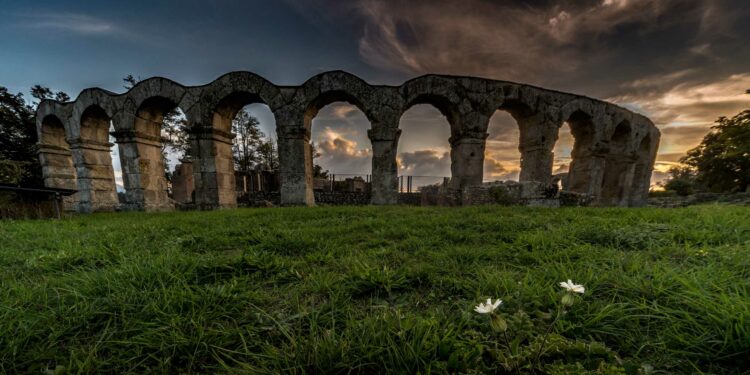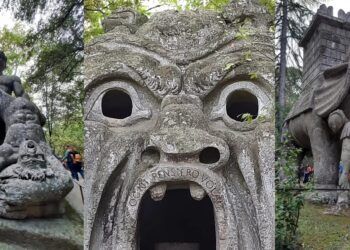Ferento is an archaeological site located in the province of Viterbo, in the Lazio region, Italy. It was an ancient Roman city of great historical and cultural importance. Its history dates back to Etruscan times, but reached its peak during the Roman era. It was known for being a city full of monuments, theaters and public buildings.
Some of Ferento’s key features include:
- The Roman Theater: One of the main points of interest is the Roman theater of Ferento, which is well preserved and can seat up to 2,500 spectators. This theater is one of the best examples of Roman theater architecture and has been the subject of restoration and excavations.
- The Temple of Jupiter: Another important monument is the Temple of Jupiter, which was built in the 1st century BC. in the Corinthian style. Even though it is in a state of disrepair today, its structures are still quite evident.
- The Covered Market: This structure, known as the Macellum, was a covered market where food products and consumer goods were sold. It is an interesting example of Roman architecture.
- Walls and Gates: The city walls and access gates were an integral part of the ancient Roman city and show the typical urban planning of that period.
To visit Ferento, you can follow these steps:
- Planning: Check the opening hours and entrance fees for the archaeological site in advance. It might be useful to contact a local tourist agency or the municipality of Viterbo to get updated information.
- Transport: Ferento is located a few kilometers from Viterbo. You can get to the city by car or by bus. If you are in Viterbo, there are probably public transport services that allow you to reach the site.
- Guide or Information: It is advisable to have a tourist guide or a detailed map of the site to better orient yourself and obtain accurate historical information.
- Clothing and Equipment: Wear comfortable clothes and shoes suitable for walking, as you may have to walk significant distances in the archaeological site.
As for the best time to visit Ferento, spring and autumn are generally the most recommended seasons. The temperatures are milder and the environment is pleasant for exploring the site. However, keep in mind that specific details may vary, so it’s always best to check current conditions and times before planning your visit.
Please note that this information may change over time, so it is always advisable to confirm the most recent details before scheduling your visit. More information about this place can be found on the official website of the Cultural Heritage. Photo by Immanuel “manu” vitex from GoogleMaps.










Discussion about this post